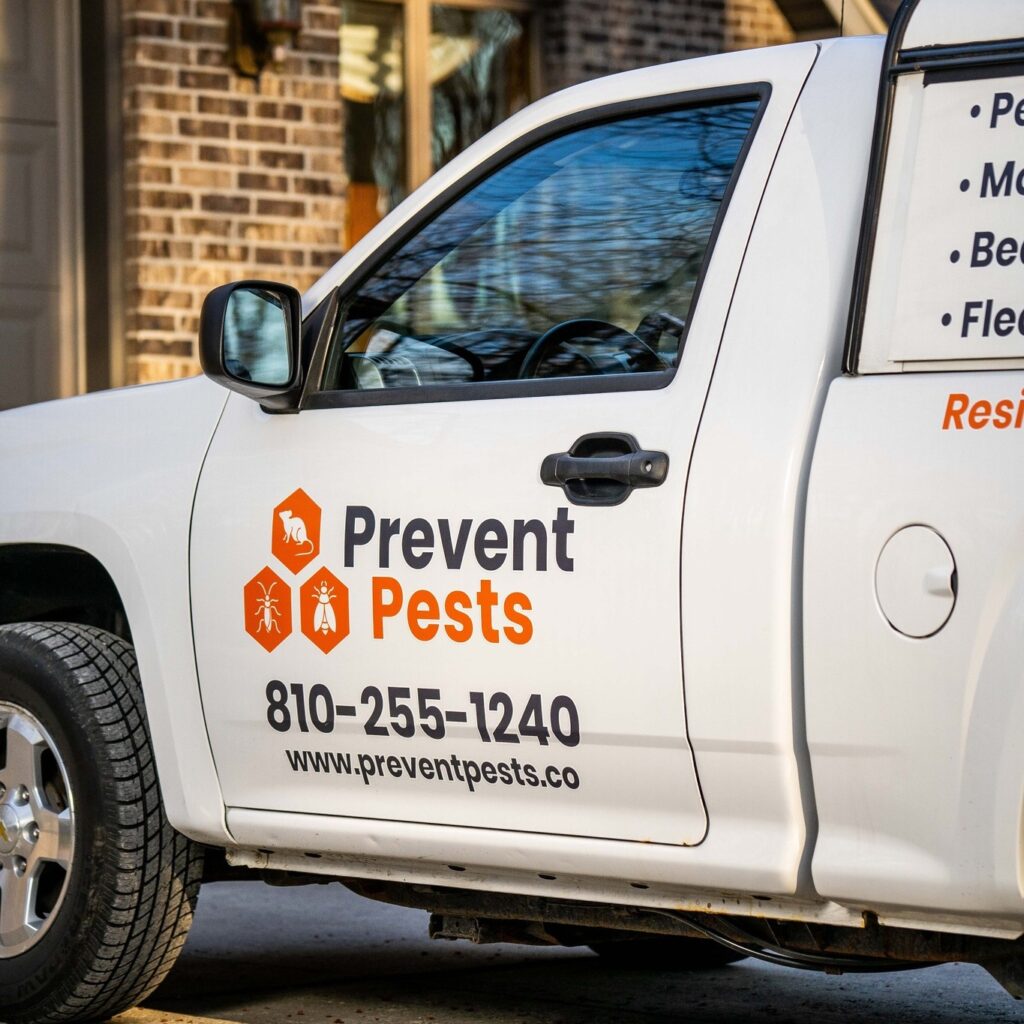Carpenter ants are among the most common household pests that can cause concern for property owners. Unlike termites, these ants do not eat wood, but they do burrow into it to build nests. Over time, this activity weakens structures, leading to costly repairs if left unchecked. One of the most visible signs of their presence is the formation of trails.
Ant trails are not random. They are purposeful paths created when ants release pheromones, chemical signals that guide other members of the colony to food or nesting areas. Spotting these trails indoors or outdoors is often the first indication that a colony has established itself nearby. Recognizing the significance of these trails is essential for timely action before the problem escalates.

Why Carpenter Ant Trails Form
Ant trails serve several important purposes within the colony. They are not merely wandering lines of insects but highly organized communication networks. Homeowners should understand the following reasons carpenter ants establish these paths:
- Food foraging: Trails help ants locate and transport food back to the colony. This can include crumbs, pet food, or even sweet liquids left on counters.
- Colony expansion: Trails often lead to satellite nests that carpenter ants build when their main colony grows too large.
- Efficient movement: Trails allow ants to move quickly between their nest and resources without becoming lost.
- Signal strength: The more ants that travel along a trail, the stronger the pheromone scent becomes, attracting even more ants.
If trails are noticed indoors, especially near kitchens or bathrooms, this may indicate a colony is already inside the home. For more insight into managing indoor problems, this guide on ant trails in your kitchen explains why breaking scent paths is crucial.
Risks of Ignoring Carpenter Ant Trails
Failing to address carpenter ant trails can lead to significant issues. While seeing a few ants may not seem alarming, they are often scouts for a much larger colony hidden within walls, floors, or outdoor structures. The risks include:
- Structural damage: Over time, tunneling weakens wood, impacting support beams, window frames, and decks.
- Recurring infestations: Without addressing the nest, trails will continue to form, bringing ants back repeatedly.
- Increased colony size: Satellite nests spread the infestation to different parts of the property, making control more challenging.
- Health concerns: Although carpenter ants are not known to spread disease, their presence around food areas is unhygienic.
- Financial costs: Repairs for structural damage often exceed the cost of professional pest services.
These risks make it clear that carpenter ant trails should not be dismissed as a minor inconvenience. They are early warning signs of a larger issue that requires prompt action.
Identifying Trails Indoors and Outdoors
Spotting carpenter ant trails requires careful observation both inside and outside the home. Since these ants are primarily nocturnal, activity is often more visible during the evening. Key areas to check include:
- Indoors: Kitchens, pantries, bathrooms, and basements where food or moisture is present. Trails may appear along baseboards or near windows.
- Outdoors: Decks, tree stumps, woodpiles, and siding gaps provide common access points. Trails may extend from vegetation into the home.
- Secondary signs: Small piles of sawdust-like material near wooden structures often indicate burrowing activity.
If trails are consistently found, it suggests that ants are either nesting on the property or foraging nearby. Understanding the difference helps professionals determine the most effective treatment plan. Homeowners considering bigger steps, like preparing a property for sale, may find it useful to review guidance on pest extermination before selling to understand why early treatment matters.
Why Professional Help Is the Smarter Choice
While some may attempt to disrupt trails with sprays or household remedies, these methods rarely eliminate the source of the infestation. Carpenter ants often maintain multiple nests, and killing visible ants does little to stop the colony itself. Professional intervention is more effective because it addresses the root of the problem.
- Accurate identification: Professionals confirm the presence of carpenter ants rather than other species.
- Colony elimination: Treatments target both main and satellite nests for long-term relief.
- Preventive strategies: Experts recommend structural improvements and moisture control to deter future infestations.
- Safe methods: Professional-grade products and techniques minimize risks to families, pets, and property.
- Cost savings: Addressing the issue early prevents extensive repairs caused by hidden structural damage.
A proactive approach ensures carpenter ant infestations are fully resolved. By combining expertise with tailored strategies, professionals deliver solutions that DIY methods cannot achieve.
Take Action Against Carpenter Ant Trails Today
Carpenter ant trails are more than just lines of insects marching across your property. They are warnings of larger colonies that can cause costly and lasting damage if ignored. By recognizing their meaning and seeking expert intervention, homeowners protect both their homes and their peace of mind.
For reliable solutions that keep your property free from carpenter ants, contact Prevent Pests and schedule professional help tailored to your needs.

